The science behind the perfect charcoal-grilled steak is as much about chemistry as it is about culinary art. At the heart of this process lies the Maillard reaction, a complex series of chemical interactions that transform proteins and sugars into a symphony of flavors, aromas, and colors. For steak enthusiasts and professional chefs alike, understanding the threshold of the Maillard reaction—the precise point at which these reactions optimally occur—can mean the difference between a mediocre cut and an unforgettable dining experience.
The Maillard Reaction: A Primer
Named after French chemist Louis-Camille Maillard, who first described it in 1912, the Maillard reaction is often mistakenly conflated with caramelization. While both processes involve browning, the Maillard reaction specifically refers to the interaction between amino acids (from proteins) and reducing sugars when exposed to heat. This reaction doesn’t just create the appealing crust on a steak; it generates hundreds of flavor compounds, contributing to the depth and complexity we associate with well-cooked meat.
When it comes to charcoal-grilled steak, the Maillard reaction is influenced by several variables: the temperature of the grill, the moisture content of the meat, the presence of sugars (either naturally occurring or added via marinades), and even the pH level of the surface. The threshold—the sweet spot where the reaction occurs efficiently without burning—typically falls between 140°C and 165°C (284°F to 329°F). Below this range, the reaction is sluggish; above it, the risk of charring outweighs the benefits.
Charcoal Grilling: The Ideal Maillard Environment
Charcoal grills excel at facilitating the Maillard reaction for several reasons. First, they can achieve higher surface temperatures than most gas grills, often exceeding 300°C (572°F), which is crucial for searing. Second, the radiant heat from charcoal is more intense and direct, allowing for rapid browning. Finally, the smoky compounds released by burning charcoal interact with the meat’s surface, adding another layer of flavor that complements Maillard-derived notes.
However, mastering the threshold requires finesse. A common mistake is equating high heat with better results. While a screaming-hot grill can create a beautiful crust, it can also push the Maillard reaction into overdrive, leading to acrid, bitter flavors from pyrolysis (the breakdown of organic matter due to excessive heat). The key is to balance the grill’s temperature with the steak’s thickness. A thinner cut might need a shorter, hotter sear, while a thick ribeye benefits from a slightly lower temperature to allow the reaction to penetrate deeper without burning the exterior.
The Role of Meat Composition
Not all steaks are created equal when it comes to the Maillard reaction. Cuts with higher glycogen content (a form of stored sugar in muscle tissue) or those that have been dry-aged tend to brown more efficiently. Dry aging, in particular, concentrates flavors and breaks down proteins into free amino acids, which are more reactive with sugars. This is why a well-aged porterhouse develops a richer crust than a freshly cut one.
Fat content also plays a role. Marbling—the intramuscular fat found in premium cuts like Wagyu—melts during cooking, basting the meat from within and creating a favorable environment for the Maillard reaction. However, excessive fat dripping can cause flare-ups, leading to uneven cooking and charring. Managing this requires careful grill placement and sometimes even a two-zone fire setup.
Practical Tips for Hitting the Threshold
For home cooks aiming to harness the Maillard reaction, a few strategies can make all the difference. Patting the steak dry before grilling removes surface moisture, which otherwise absorbs heat and slows down browning. Salting the meat at least 40 minutes prior to cooking draws out additional moisture and begins to season the steak deeply, while also slightly lowering the Maillard threshold due to the presence of sodium ions.
Using a meat thermometer to monitor internal temperature is helpful, but for the Maillard reaction, surface temperature is king. Infrared thermometers can provide instant readings of the grill grates, ensuring they’re within the ideal range. Alternatively, the "hand test"—holding your hand above the grill and counting how long you can tolerate the heat—can offer a rough gauge. If you can’t keep your hand there for more than 2-3 seconds, the grill is likely hot enough.
Beyond the Threshold: Flavor Development
Once the Maillard reaction has done its work, the steak’s flavor can be further enhanced by resting it properly. This allows the juices to redistribute and the residual heat to gently continue some of the slower chemical reactions. Some chefs even advocate for a post-rest "flash" on the grill to re-crisp the exterior, though this requires precision to avoid overcooking.
The interplay between the Maillard reaction and other cooking techniques, such as sous-vide followed by a sear, opens up even more possibilities. By precisely controlling the internal temperature of the steak before subjecting it to high heat, cooks can achieve a perfect Maillard crust without compromising the desired doneness.
In the end, the pursuit of the perfect charcoal-grilled steak is a dance with chemistry. Understanding and respecting the Maillard reaction’s threshold isn’t just technical pedantry—it’s the secret to unlocking flavors that resonate on the palate and linger in memory.
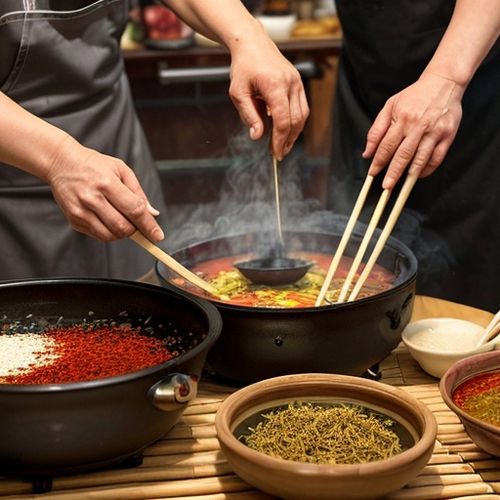
By Samuel Cooper/May 10, 2025
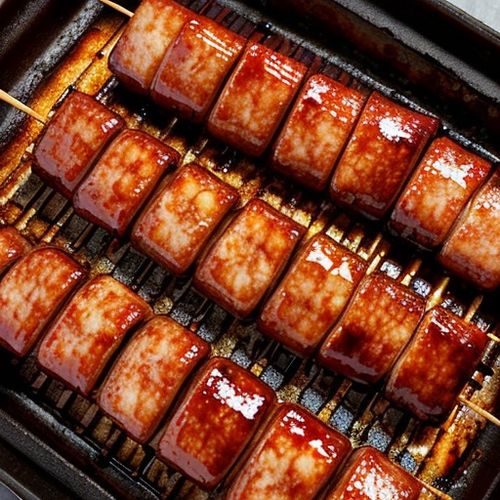
By Grace Cox/May 10, 2025
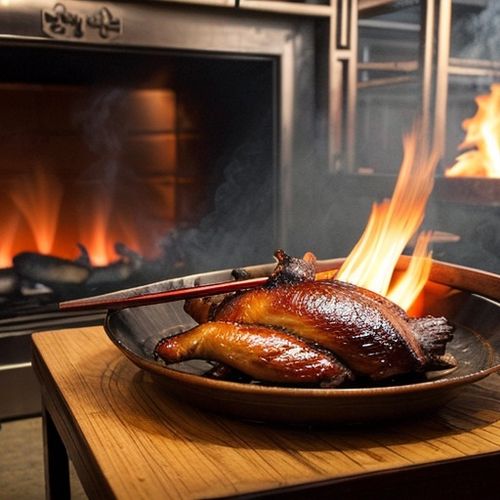
By John Smith/May 10, 2025
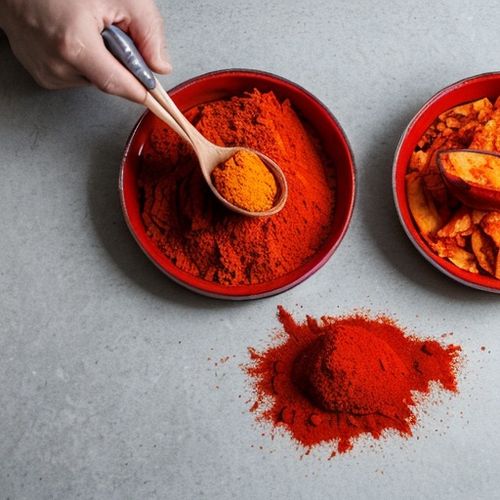
By Michael Brown/May 10, 2025
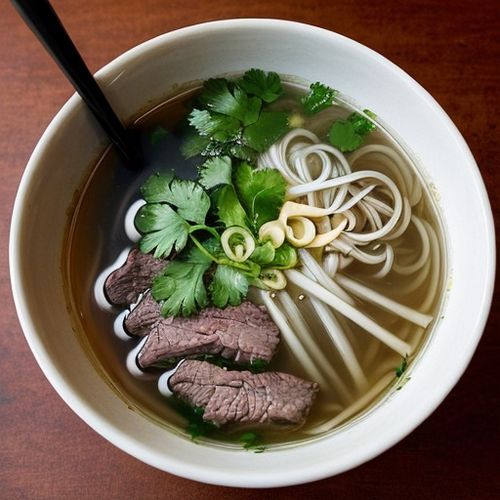
By George Bailey/May 10, 2025
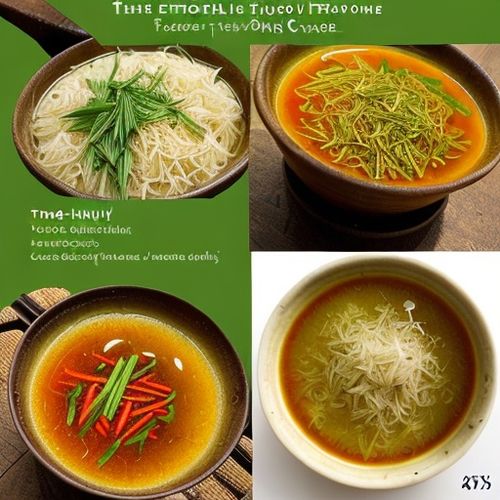
By Lily Simpson/May 10, 2025
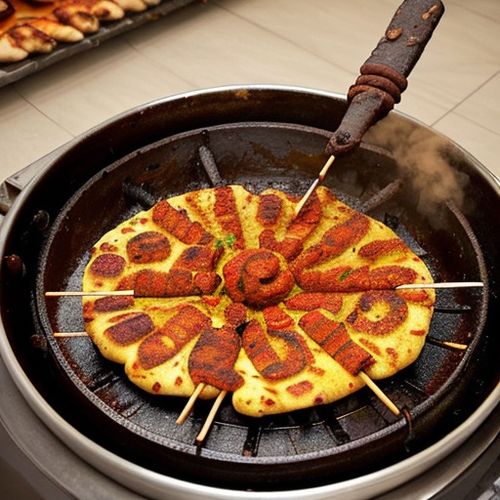
By Emma Thompson/May 10, 2025
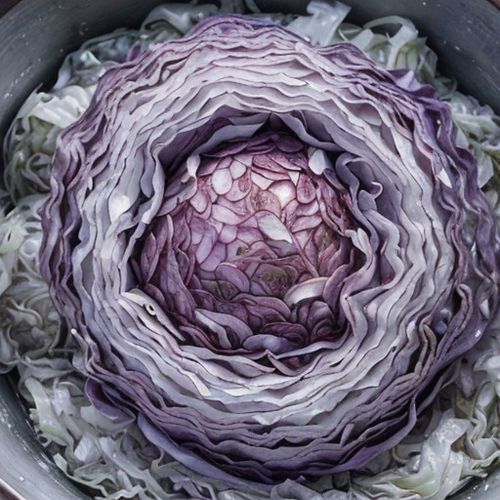
By Emily Johnson/May 10, 2025
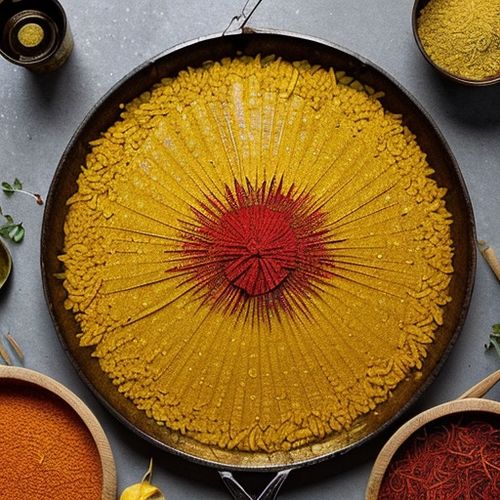
By Joshua Howard/May 10, 2025
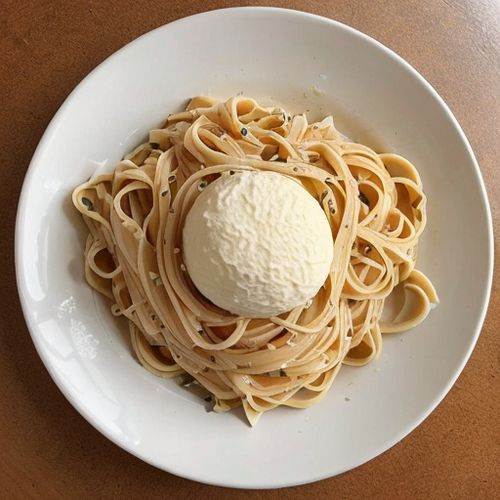
By Eric Ward/May 10, 2025
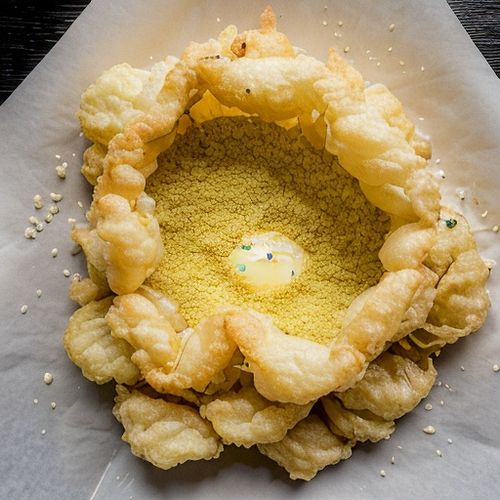
By Benjamin Evans/May 10, 2025
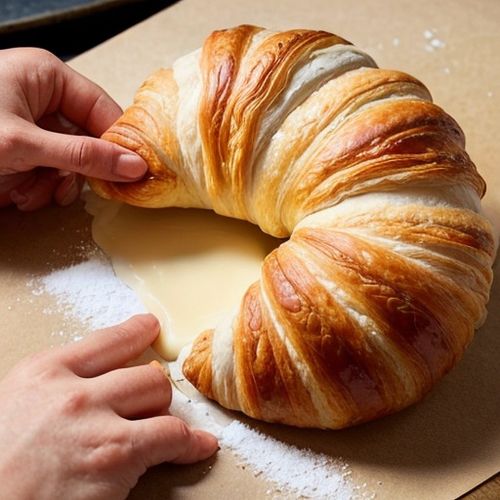
By Christopher Harris/May 10, 2025

By John Smith/May 10, 2025

By Elizabeth Taylor/May 10, 2025
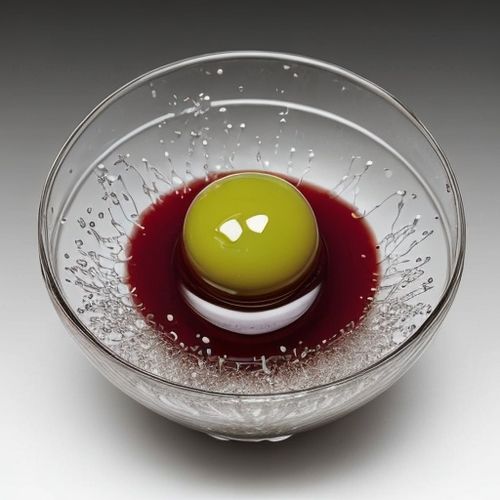
By Grace Cox/May 10, 2025